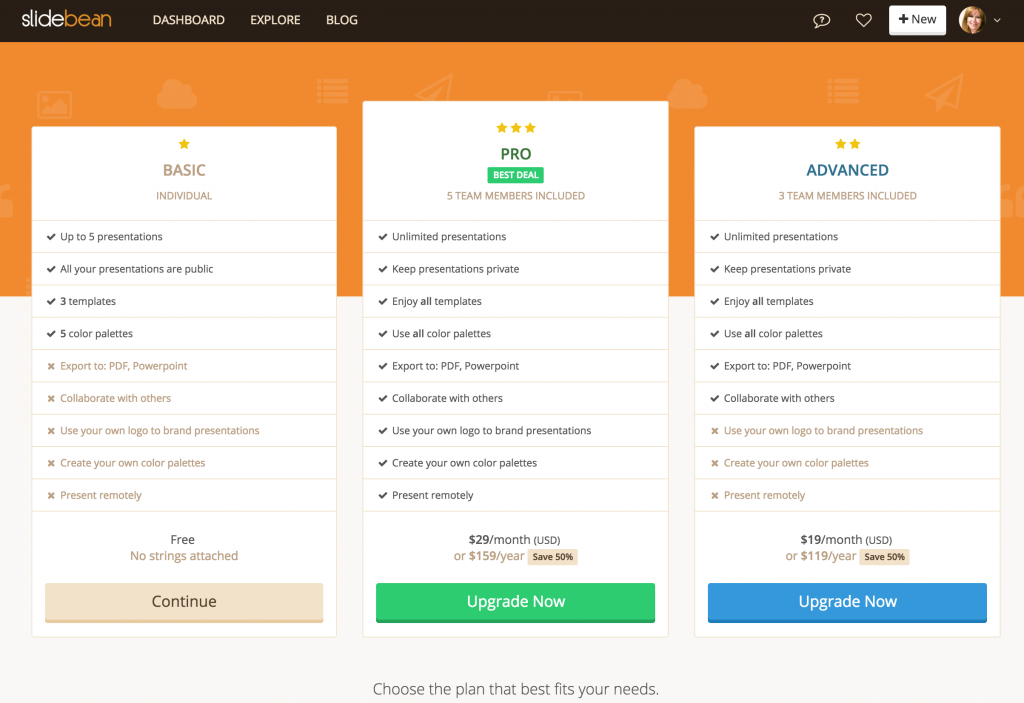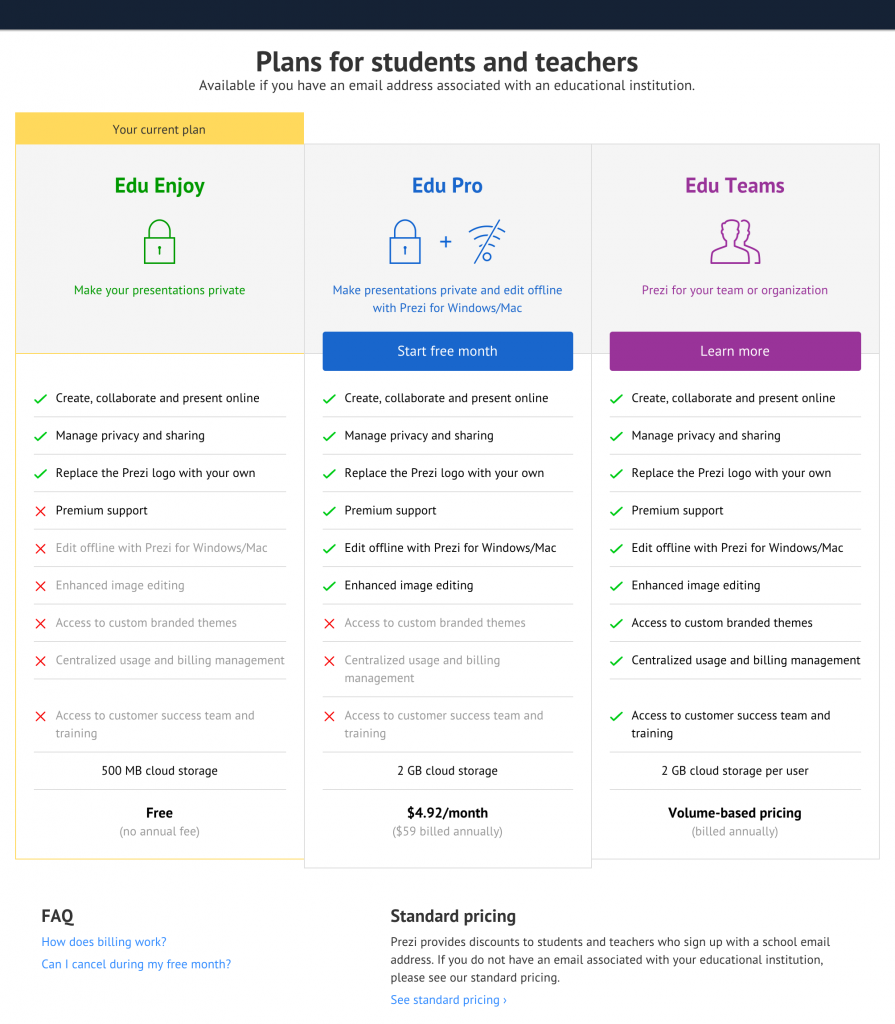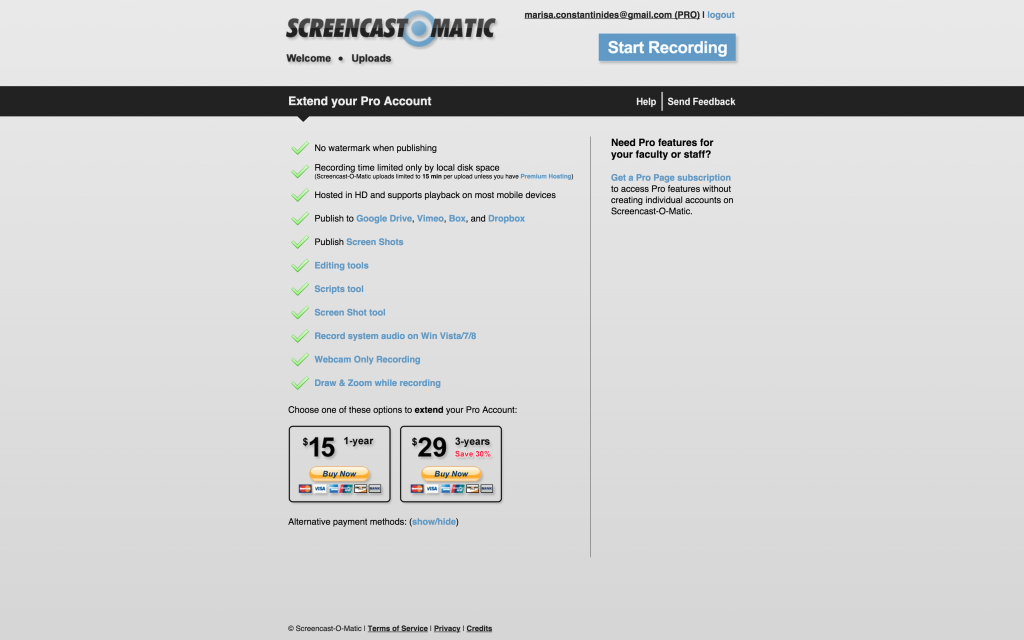**The Edvocate is pleased to publish guest posts as way to fuel important conversations surrounding P-20 education in America. The opinions contained within guest posts are those of the authors and do not necessarily reflect the official opinion of The Edvocate or Dr. Matthew Lynch.**
A guest post by Jim Milton
In my travels abroad last year to visit some international higher education clients, I was very encouraged by the progress that many of them have made in raising the quality and accessibility of higher education through technology. It was also clear to me that the U.S. higher education system remains the gold standard for the rest of the world. There is no more respected or admired system, even as we face growing challenges domestically.
From São Paulo to Mumbai, these institutions look not only to our most venerated Ivy League schools and research institutions as the touchstones for their own growth and success, but they also recognize the sheer number of choices in the United States – from career schools to community colleges to faith-based institutions – along with the diversity of students across income levels and backgrounds.
Back home, though, we see a superstorm of challenges that could threaten our standing as the beacon for higher learning throughout the world. Not only are skyrocketing tuition and student-loan debt posing a threat to an otherwise inclusive and diverse higher education landscape, there are now widening skills gaps in the job market that threaten the continued growth and success of our economy.
This is particularly true of “mid-skills” jobs, which require some post-secondary education but less than a four-year degree (e.g., systems and network specialists, healthcare workers, paralegals, mechanics, welders, retail and manufacturing workers). According to a survey of more than 800 human resources executives throughout the country by Accenture, 69 percent of employers say that their inability to attract and retain mid-skills talent frequently affected the performance of their companies1.
One reason for the mid-skills gap has to be today’s deeply ingrained mindset that the bachelor’s degree is the only viable path to productive, successful lives. Many of us wisely establish prepaid tuition plans for our children when they are very young, but typically with four-year institutions in mind. It’s what William Symonds, Director of the Global Pathways Institute at Arizona State University, calls the “one road to heaven” approach2. But even if 80 percent of U.S. high school students graduate and go on to four-year institutions, and 50 percent of those students drop out of college, the road comes up short for 60 percent of students in our system.
To use my own family as an example, all three of my children were on the path to traditional colleges from an early age, including my son, who went straight from high school to Drexel University in Philadelphia—clearly a great school. But he left after a year and then completed a few additional classes at a community college. Ultimately, he was drawn to the restaurant business. After attending a brief restaurant management training program through his company, he now manages one of the locations, earning a good salary with profit sharing and plenty of opportunity for career growth. How much sooner would he have landed on the right career path if we had guided him to other education options early on? Why not a culinary or restaurant management program? What could the high school counselor have suggested to him?
Decades ago, high schools in this country offered both vocational and college preparatory tracks, but today, vocational programs are either nonexistent or stigmatized as a last resort. Instead, high schools push students en masse toward four-year institutions, eliminating a key way that young people are introduced to these kinds of careers.
While community colleges continue to add more career-oriented programs, the fact remains that they are doing double and triple duty on limited budgets. They prepare students to transfer to four-year institutions and provide remedial education to students who are lacking certain academic fundamentals, as well as offer career programs that quickly fill up from the demand.
This brings us to proprietary career schools. Sometimes lost in the negative news around this sector is that many of these schools provide the best path to those critical mid-skill careers. These colleges produce 51 percent of associate degrees in computer science and information technology, including mid-skill positions – such as network administrators and programmers – that are so critical to our economy3. What’s more, a study by Northwestern University economist Jonathan Guryan observes that only 18 percent of associate-degree students and 12 percent of students who are enrolled in certificate programs at for-profit institutions have nonprofit alternatives in the same fields of study nearby4.
Career schools also play a critical role in continuing education. Mid-skill workers who have already completed postsecondary programs can gain new skills and credentials based on industry needs. Take cybersecurity, for example. Whether it’s healthcare, IT or business, there is an incredible need for those with baseline occupational expertise to gain additional training in cybersecurity. Career schools adapt quickly to workforce demands like these.
In comparing one system or approach to another, we often get lost in the fact that they have different but equally important missions in our economy. Traditional four-year institutions provide the foundation for future leaders and innovators across industries. Community colleges remain an important link and partner to those four-year institutions. Career schools, with their emphasis on mid-skill careers and highly focused, flexible and affordable programs, will continue to be an indispensable part of that higher education mosaic. Diversity remains our strength.
Technology’s Role in this Evolution
The solutions to our challenges in higher education aren’t limited to filling the mid-skills gap or embracing any one model. Containing costs and student loan debt, increasing student retention and improving outcomes are top priorities for public, private and proprietary institutions alike.
What’s encouraging to see both here in the United States and abroad is that more traditional schools are embracing new technology and delivery models (and, dare I say it, business practices) to improve results. They are reaching more diverse candidates through enabling technologies and offering them more ways to succeed, including online learning, flexible terms and hybrid delivery models.
Traditional institutions are becoming as adept at serving the single mother of two who’s pursuing her nursing degree part time as they are the student right out of high school. They are offering competency-based programs, stackable credentials and other nontraditional alternatives to help students to achieve their goals faster and more cost-effectively.
Each new innovation or academic model will have its challenges. Institutions, as well as state and federal agencies, are still trying to create uniform standards for competency-based education, for example. What’s important is to keep encouraging new ideas, keep the ball rolling on them and have a flexible enough foundation to adapt and change with the needs of our economy—this is how our higher education system will continue to be the envy of the world.
____
Jim Milton is CEO of Campus Management Corp., a global solutions provider to higher education.
References:
- Finding the Middle. How businesses can manage the talent pipeline to close the middle-skills employment gap. Accenture. 2014. accenture.com
- Reimagining the Road to Career Development, William Symonds, Director, Global Pathways Institute. July 1, 2015. http://globalpathwaysinstitute.org/wp-content/uploads/2015/07/2Global-Pathways- Institute_July01_2015.pdf
- The For Profit Postsecondary School Sector: Nimble Critters or Agile Predators? Harvard University Research. 2012. http://capseecenter.org/wp-content/uploads/2012/02/ForProfit_Nimble-Critters_Feb-2012.pdf
- Report on the Proposed Gainful Employment Regulation. Jonathan Guryan, Ph.D., Northwestern University. Charles River Associates. May 2014. http://www.career.org/news-and-media/press-releases/upload/Guryan-CRA-Public-Comment2.pdf




 C
C


